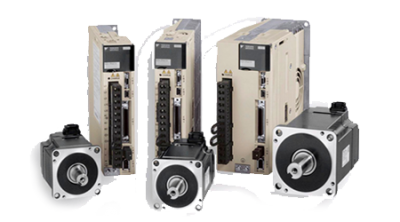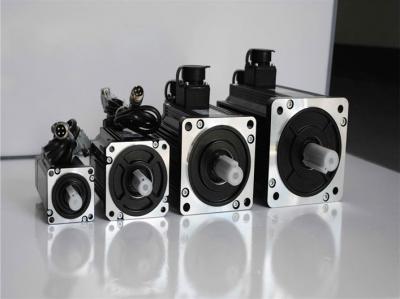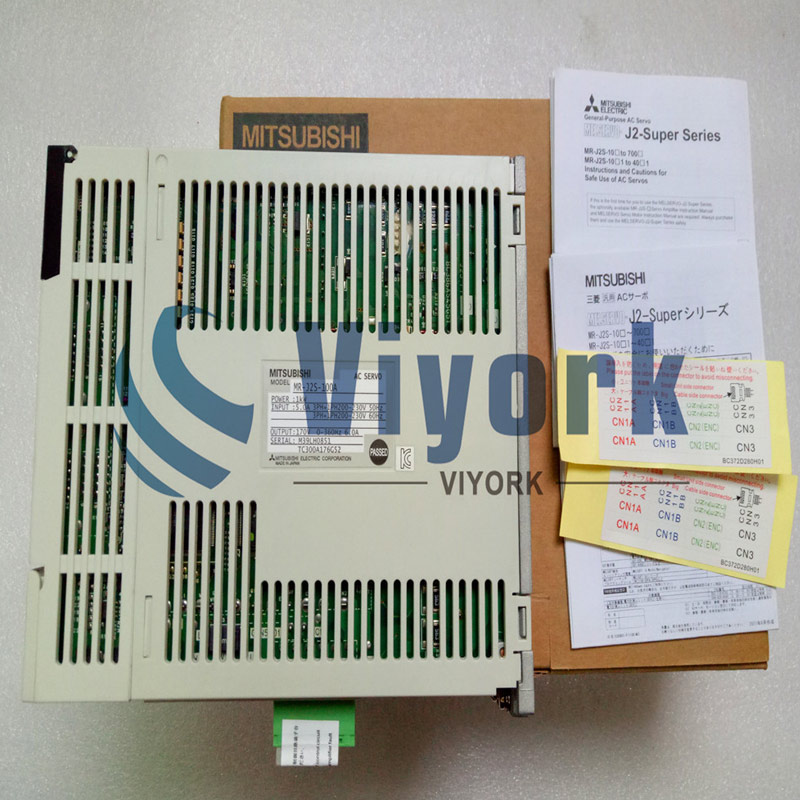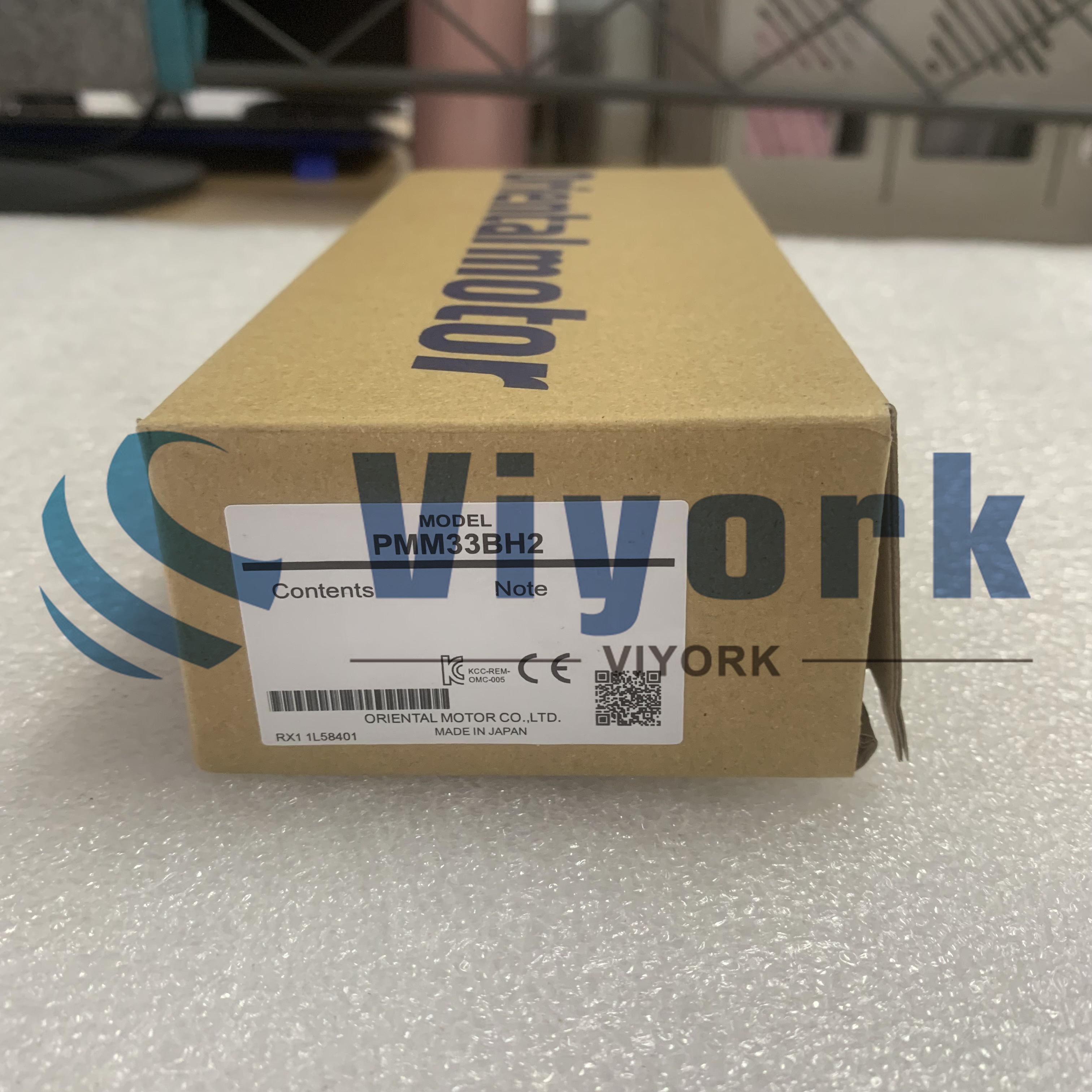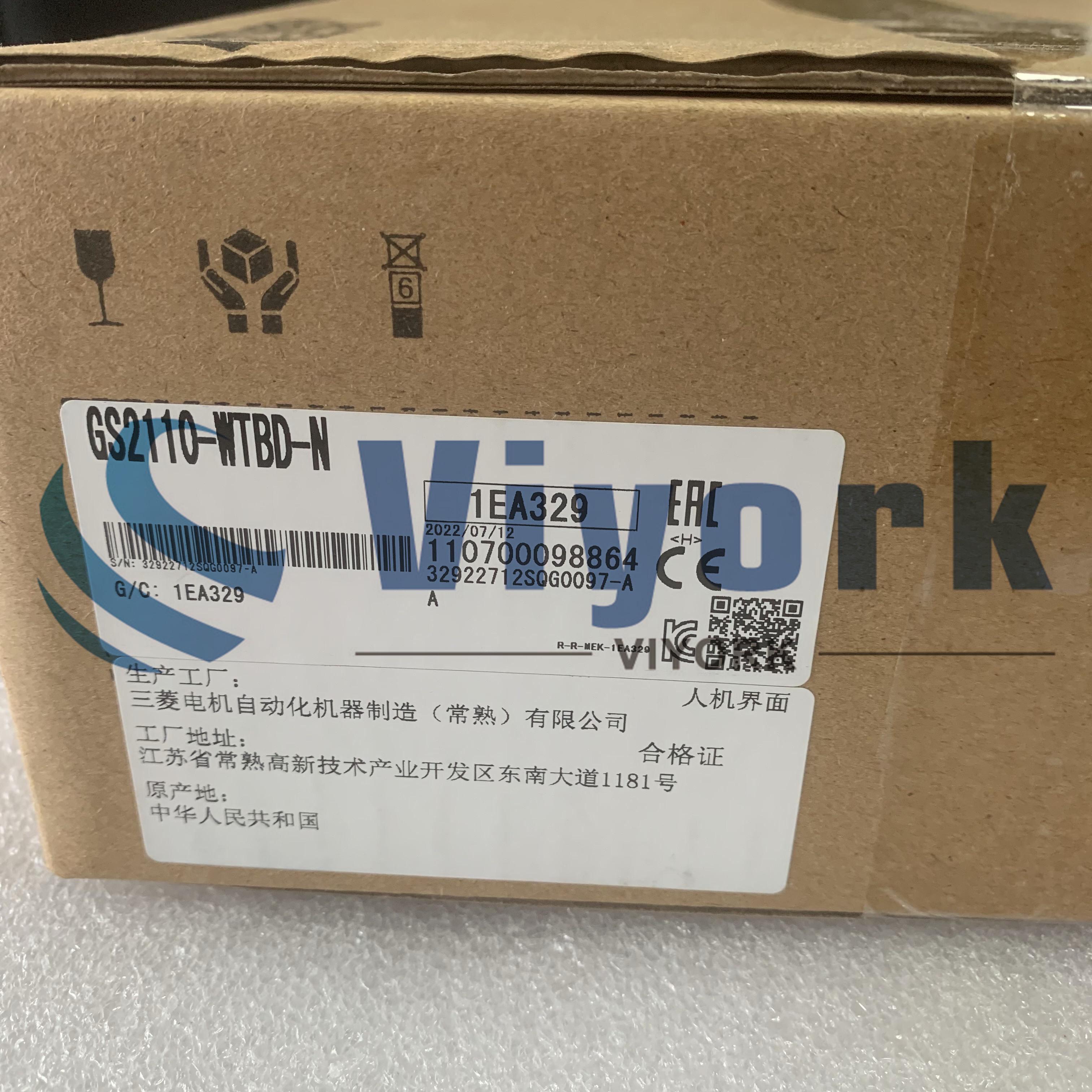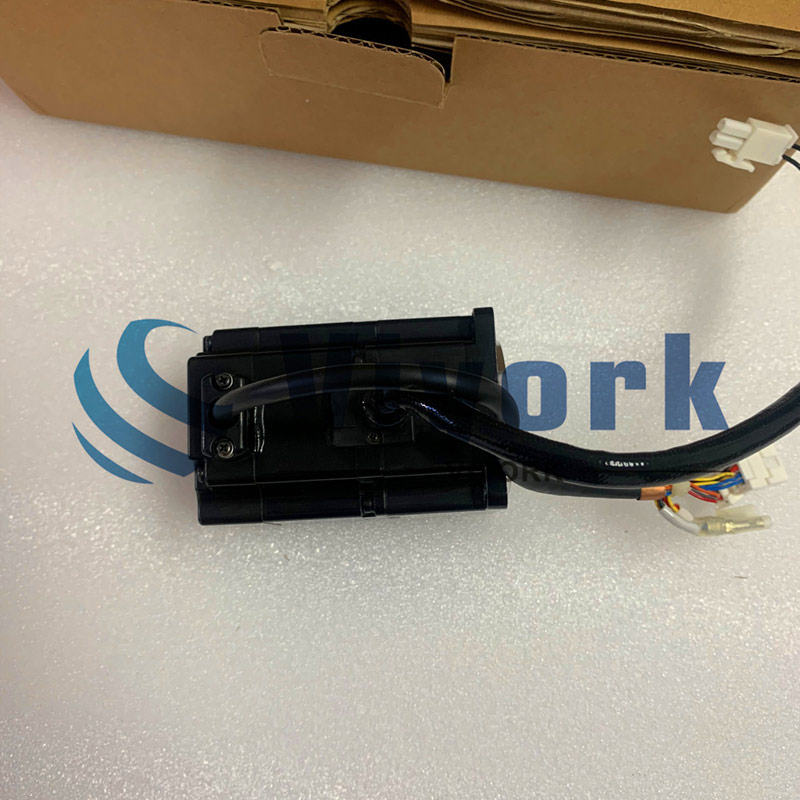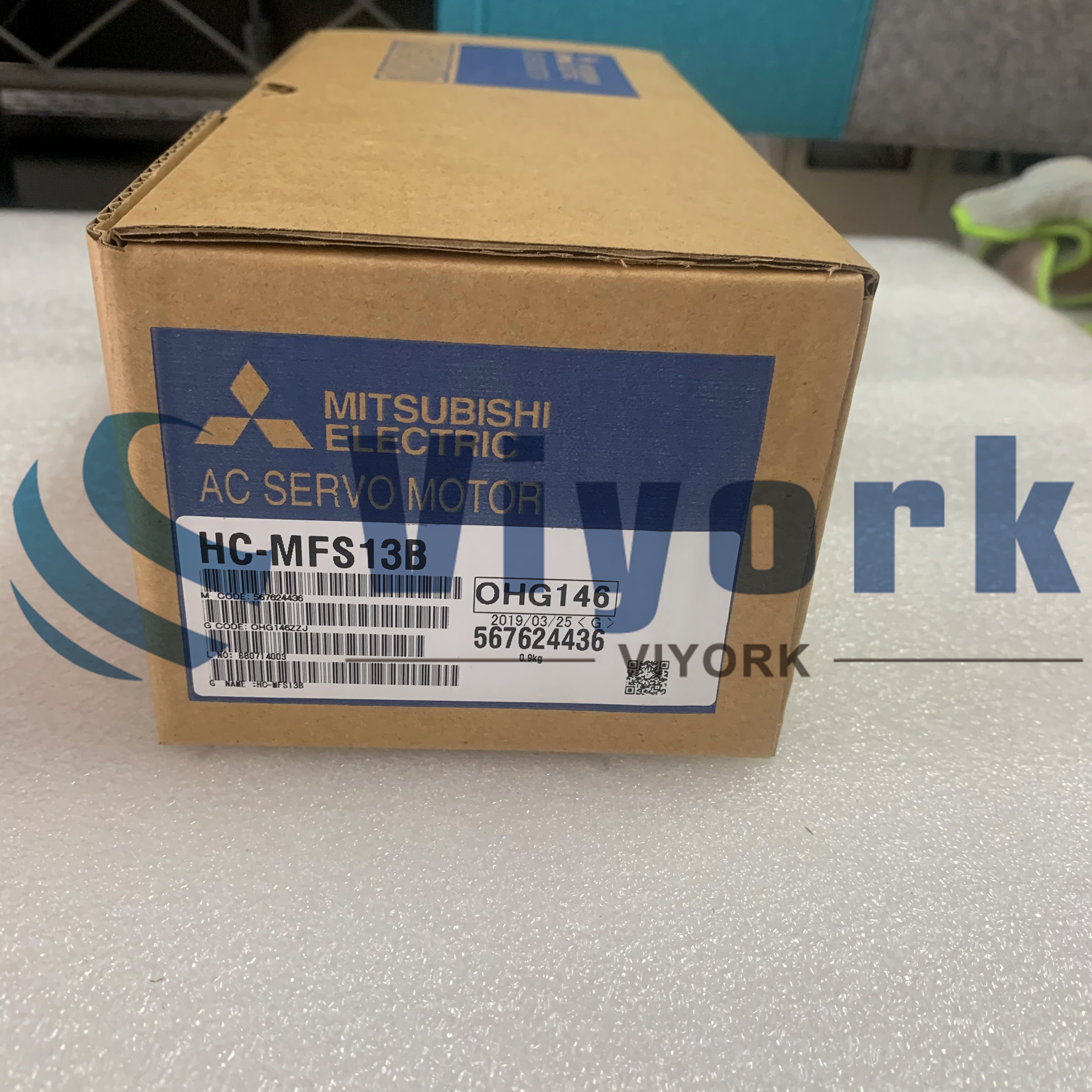The servo driver is used to drive the servo motor. The servo motor can be a stepper motor or an AC asynchronous motor. It is mainly used to achieve fast and accurate positioning. It is used in many occasions such as stop-and-go and high precision requirements.
The frequency converter is to convert the power frequency alternating current into a current suitable for adjusting the speed of the motor to drive the motor. Now some frequency converters can also realize servo control, that is, they can drive the servo motor, but the AB servo drive and the frequency converter are still different. the same! What is the difference between a servo and an inverter?
The frequency converter is an electric energy control device that uses the on-off function of the power semiconductor device to convert the power frequency power supply into another frequency. It can realize the functions of soft start, frequency conversion speed regulation, improving operation accuracy, and changing power factor of AC asynchronous motors.
The frequency converter can drive variable frequency motors and ordinary AC motors, and mainly plays the role of adjusting the speed of the motor.
The inverter usually consists of four parts: rectifier unit, high-capacity capacitor, inverter and controller.
The AB servo drive system is an automatic control system that enables the output controlled quantities such as the position, orientation, and state of the object to follow the arbitrary changes of the input target (or given value). The main task is to amplify, transform and regulate the power according to the requirements of the control command, so that the torque, speed and position control of the drive device are very flexible and convenient.
Servo system is a feedback control system used to accurately follow or reproduce a certain process, also known as follow-up system. In many cases, the servo system specifically refers to a feedback control system in which the controlled quantity (the output quantity of the system) is the mechanical displacement or the displacement speed and acceleration, and its function is to make the output mechanical displacement (or rotation angle) accurately track the input displacement ( or corner). There is no difference in principle between the structural composition of the servo system and other forms of feedback control systems.
Servo system can be divided into electromechanical servo system, hydraulic servo system and pneumatic servo system according to the type of driving components used. The most basic servo system includes servo actuators (motors, hydraulic cylinders), feedback elements and AB servo drive. If you want the servo system to run smoothly, you also need a host organization, PLC, and a special motion control card, industrial computer + PCI card, in order to send instructions to the servo drive.
 Call us on:
Call us on:  Email Us:
Email Us:  1103, Block C, South Building, Luo Fang Road, Luohu District, Shenzhen, 518001, China
1103, Block C, South Building, Luo Fang Road, Luohu District, Shenzhen, 518001, China 
